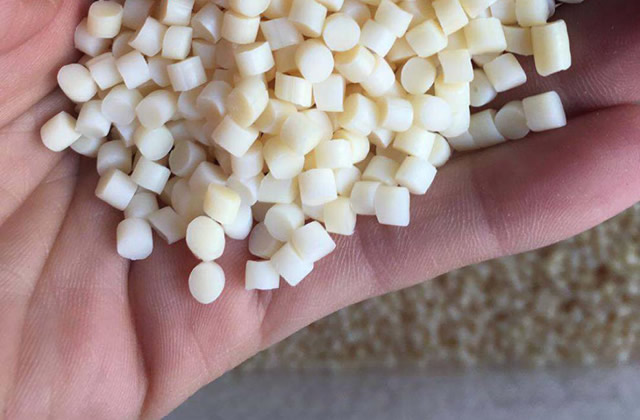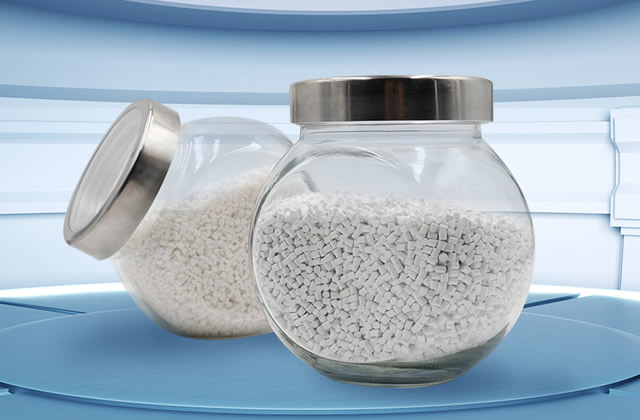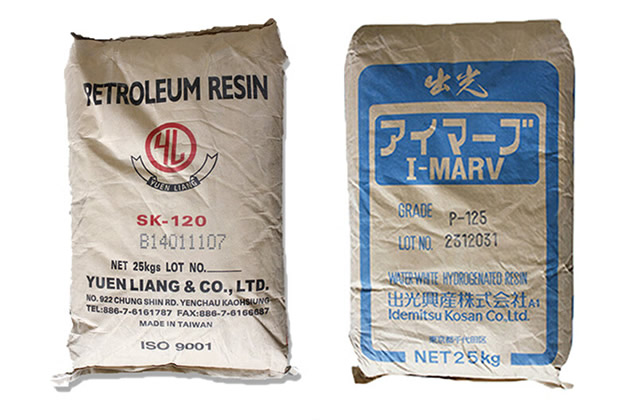1. The difference between organic antibacterial masterbatch and inorganic antibacterial masterbatch
Antibacterial masterbatch can be divided into organic antibacterial masterbatch and inorganic antibacterial masterbatch according to the different antibacterial agents used. There are two types of masterbatch. The main difference between them is the type of antibacterial agent used.
1. Organic antibacterial masterbatch uses organic plastic antibacterial agents, such as phenols, imidazoles, thiazoles, pyridines, quaternary ammonium salts and other organic antibacterial agents.
2. Inorganic antibacterial masterbatch uses inorganic plastic antibacterial agents, such as inorganic silver ion antibacterial agent, inorganic zinc ion antibacterial agent, nano zinc oxide antibacterial agent, nano copper oxide antibacterial agent, nano titanium dioxide antibacterial agent .
In addition, there are certain differences in price between organic antibacterial masterbatch and inorganic antibacterial masterbatch. Generally, for antibacterial masterbatch produced by the same manufacturer, the price of inorganic antibacterial masterbatch is higher than that of organic antibacterial masterbatch. More expensive.

2. Is organic or inorganic antibacterial masterbatch better?
Comparing organic antibacterial masterbatch and inorganic antibacterial masterbatch, there are certain differences in performance. Organic antibacterial masterbatch Masterbatch has antibacterial effect on bacteria and mold, but its long-term antibacterial effect and thermal stability are relatively poor. Inorganic antibacterial masterbatch has a strong effect on bacteria, but its effect on mold is not very obvious. However, it has good long-term antibacterial effect, high thermal stability, and is safe.
However, it cannot be said arbitrarily that inorganic antibacterial masterbatch is definitely better. It should be selected according to needs when applying:
1. Organic antibacterial masterbatch
Because organic antibacterial masterbatch uses organic antibacterial agents and has low temperature resistance, it is generally used in plastics with low processing temperatures, such as PVC plastic antibacterial, PE plastic antibacterial, PP plastic is antibacterial, as well as some silicone antibacterial and rubber antibacterial.
In addition, because organic antibacterial masterbatch has relatively good anti-mildew properties, it is mostly used in plastic products with anti-mildew requirements. Another saving grace is that organic antibacterial agents have higher antibacterial activity and generally have lower dosages. They have certain advantages over inorganic antibacterial masterbatch in terms of cost.
2. Inorganic antibacterial masterbatch
Inorganic antibacterial masterbatch uses inorganic antibacterial agents and is generally resistant to temperatures above 300°C, so it is suitable for all Type of plastic antibacterial, especially suitable for PC plastic antibacterial and PET plastic antibacterial with high processing temperature.
On the other hand, inorganic antibacterial agents have a sustained-release mechanism, and the active ingredients in the antibacterial agents are slowly released, so the antibacterial effect is long-lasting. Antibacterial plastics processed using inorganic antibacterial masterbatchMaterial products are particularly suitable for durable parts.
Another advantage of inorganic antibacterial masterbatch is that inorganic antibacterial agents are highly safe, so inorganic antibacterial masterbatch can be suitable for processing food-grade antibacterial plastics, such as antibacterial food wraps, fresh-keeping bags, lunch boxes, etc.
If the website content violates your rights, please contact us to delete it。








